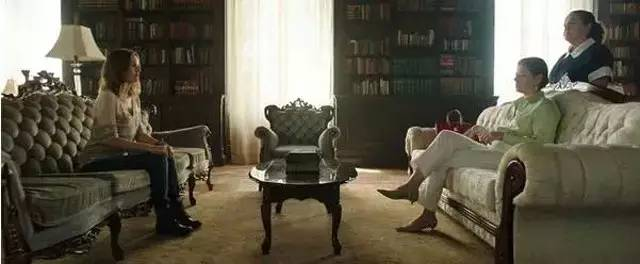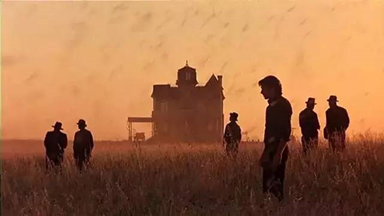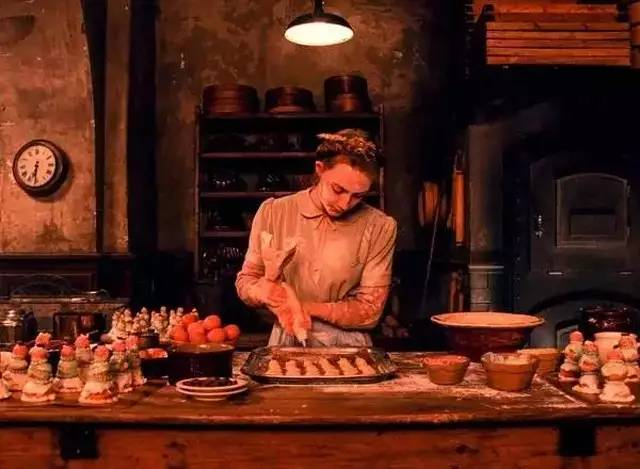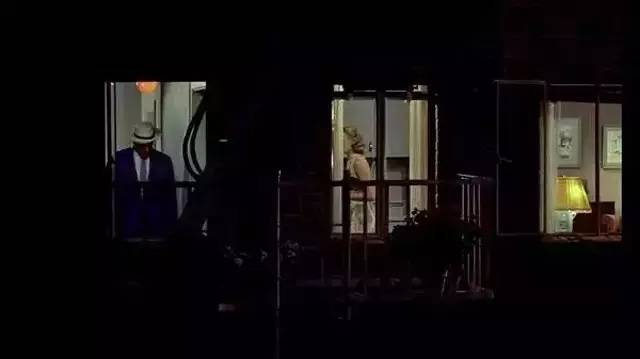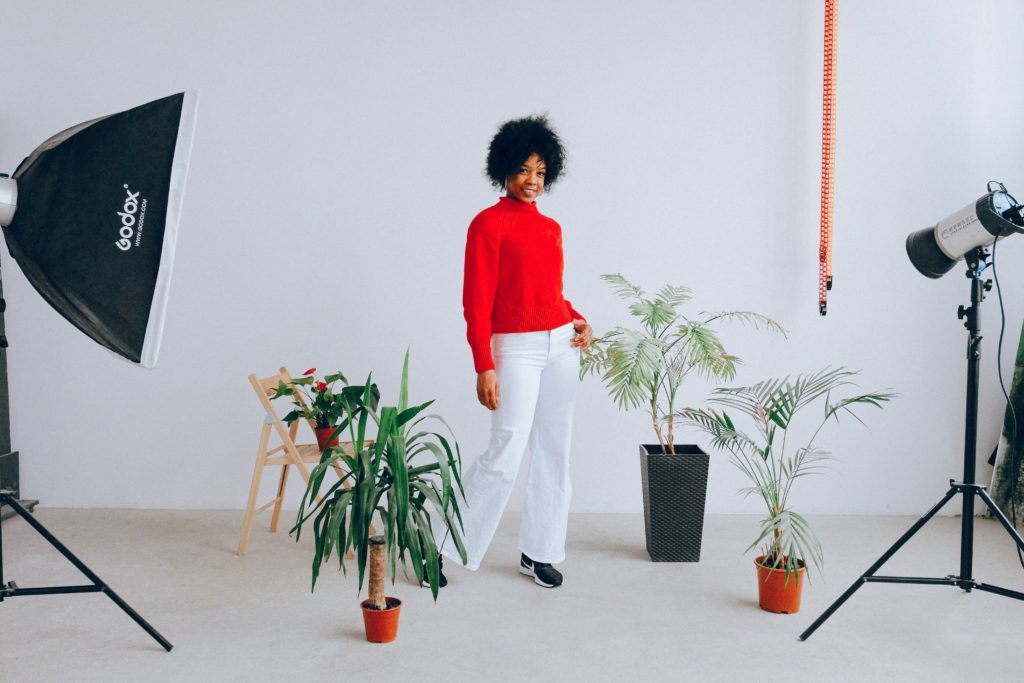What is portrait photography
Portrait photography is a category of photography that takes people as the subject, and mainly shoots people’s appearance, expression and form.
The so-called portrait photography refers to the work that uses the form of photography to depict and express the appearance and demeanor of the subject with a bright and prominent image on the photo. It is an image portrait of the subject himself.
Long ago, people used various needs and various methods to portray their own images. The earliest portraits appeared in paintings, especially in the early 19th century, when oil painting portraits were very fashionable at that time, and their creations matured day by day, and many excellent portrait paintings were produced.
When photography was invented, portraits began to enter the field of photography. Of course, due to the limitations of the technical conditions at the time, the shooting of portraits was only in the initial stage. With the continuous progress of photography technology and the development of people’s artistic concepts, portrait photography has undergone great changes today.
Nowadays, electronic flash devices, high-speed auto-focusing lenses and new photosensitive materials have allowed a photographer to complete some realistic and natural portrait masterpieces for many subjects in one day, greatly enriching the photographer’s creative possibilities.
An excellent portrait photography is the sum of many success factors: look, posture, composition, lighting, exposure and production must all reach a higher level. They are the components of a whole.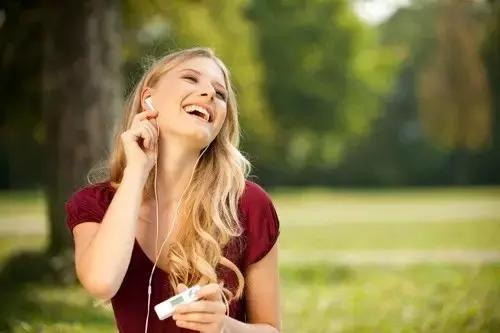
The difference between portrait photography and general photography
Portrait photography is different from ordinary photography: portrait photography takes the description and expression of the specific appearance and demeanor of the subject as its primary creative task. Although some portrait photography also contains a certain plot, it still focuses on the appearance of the recipient. Moreover, quite a number of portrait photography works only describe the image of the subject without a specific plot.
Ordinary photography is mainly to show the events and activities in which the subject is involved. Its main task is to express the specific plot, rather than to express the subject’s appearance and demeanor in a clear image. The important difference between the two lies in whether to portray the appearance of the characters in detail.
As long as it is a photo that mainly shows the specific appearance and mental state of the subject, whether it is a single person or a group of people, whether it is captured in the scene or posing in the studio, regardless of whether there is a plot or not , All belong to the category of portrait photography.
The activities and plots that mainly show the characters reflect certain life themes, and the photographic works whose subject’s appearance is not very prominent, whether it is a close-up shot or a whole body, can only belong to the category of ordinary photography. Of course, in a broad sense, portrait photography is about people, and it also belongs to portrait photography.
Portrait photography is to portray and depict the appearance and demeanor of the subject as its own performance task, and the characters should have a clear appearance. It is divided into three categories: studio portraits, indoor specific environment portraits and outdoor portraits. The requirement of portrait photography is to have both form and spirit.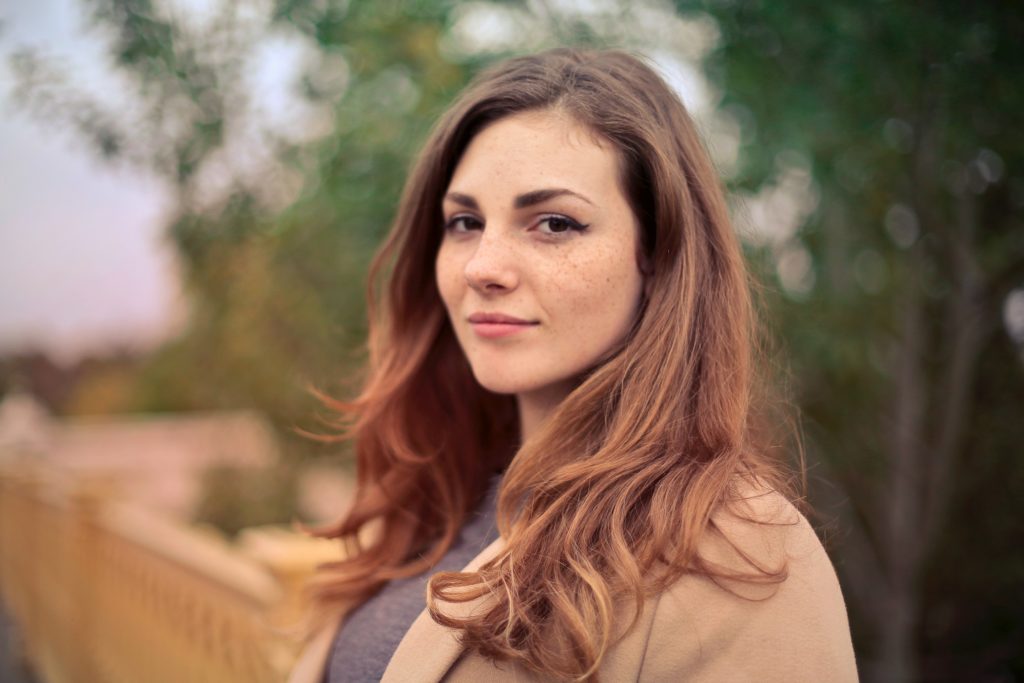
Applicable equipment for portrait photography
- Camera
“If you want to do well, you must first sharpen your tools.” Choosing a camera suitable for portrait photography is very important for photographers.
Basically, all cameras, whether it’s a “fool” camera with a side view or a bulky and cumbersome scattered-page camera, can be used for portrait photography.
But if you want good results, it is best to choose a camera that can replace the lens and accessories. Because the more lenses and accessories you can choose from, the more room you can adjust and control when shooting different subjects. In terms of the image quality of the film alone, the larger the negative, the better the image quality of the photo.
In actual shooting, cameras with relatively large negatives are generally relatively large in size and weight, not suitable for carrying and relatively expensive. Therefore, most people will choose a single-lens reflex camera that has a better picture effect, and can change different lenses and accessories at the same time, at an affordable price and easy to carry.
The 135 single-lens camera is light, highly maneuverable, and has a wide range of lenses. Generally speaking, we rarely need to zoom in for amateur shooting, at most 5×7 is enough, so the 135 camera is the best choice. If you are longing for the 120 field, you can choose the 645-frame autofocus camera, which is quite popular recently. Recently, more and more people in the photography industry switch to this type of camera, but its price is high, and the cost of developing photos is higher than that of 135 negatives. If you are a beginner, the entry-level camera in your hand is sufficient for general portrait photography needs. So, whether you have money or no money, take a portrait with your camera on your back!

- Lens
Although the various lenses of the camera can be used for portrait photography, shooting the same scene with lenses with different focal lengths will produce different effects. Strictly speaking, the lens of portrait photography should have the following options:
1) Imaging: The imaging quality of the lens for portrait photography must be both clear and soft. Because portrait photography generally focuses on the expression of the face, the image quality of the lens should be able to meet the requirements of rich layers, real texture, full details, and moisturizing skin.
There are some special lenses that are often used when taking portraits. Such as a soft focus lens, this kind of lens can deliberately increase aberrations, reduce part of the sharpness of the image, and thus have a partial softening effect on the image.
This can not only cover up the blemishes and scars of some characters, but also make the whole part of the picture reflect a soft feeling. The soft focus lens can adjust the degree of softening of the image. When it is adjusted to “0”, the lens has no softening effect. When adjusted to “3”, the degree of softening is more obvious, which is very helpful for controlling the effect of the final image when shooting portraits.
There is also a kind of lens specially designed for shooting portraits, called portrait lens. The imaging quality of this kind of lens is very high, can well show the detail level and texture of the subject, and the picture effect is very bright and clear.
2) Focal length: Generally, standard lenses are installed on cameras. This kind of lens is only suitable for taking full-body or half-body photos. If it is used to shoot half-length figures or close-up portraits, because the distance is too close, it often causes perspective distortion of the human image. In addition, some lenses cannot be brought into a sharp focus if they are taken at a distance close to the specified minimum shooting distance.
Therefore, to shoot avatars or close-ups, it is necessary to use a medium-focus or telephoto lens, whose focal length generally needs to exceed the standard lens by 1-2 times. Taking a 135 camera as an example, the focal length of the lens must be above 105 mm. In this way, the distance between the camera and the person can be maintained at more than 1.5 meters, which not only makes the focus clear, but also avoids deformation such as big nose and small ears. The subject looks larger than the original scene, and the background will be greatly blurred.
If you take a small group photo indoors, if you encounter a lack of regress, you need to use a short focal length lens (that is, a wide-angle lens), but it is prone to defects such as small distances and small distortions on both sides. Especially when photographing the front of a person, this kind of deformation is particularly obvious, which will seriously affect the picture quality.
3) Caliber: Take close-ups of half-length figures and headshots. The effective diameter of the lens should be large to make the subject clear, the background is slightly blurred, and the perspective of far and near space is enhanced to highlight the subject. In addition, the effective aperture of the lens is large, and in the case of slightly dim light and no flash, you can still use a faster shutter speed to shoot dynamic people.
- Flash
The flash can provide a bright light source in darker shooting conditions. Because of its bright light source, small size, convenient portability and easy operation, it has now become an indispensable accessory in portrait photography.
In sunny weather outdoors, the flash can get a large area of fill light and eye spot light, so you can use reflectors or projection lights without the hassle, but only the face can get light. Therefore, it is recommended to use a flash when shooting portraits. You can add small props such as a diffuser to soften the light. Open the aperture and set the speed to 1/125 second. If the weather is overcast, it can be adjusted to 1/60 second. It will achieve the effect you want.
- Film
Generally, the lower the sensitivity of the film, the finer the particles and the more saturated the color. Conversely, the higher the sensitivity of the film, the coarser the particles and the duller the color. When shooting portraits, you can often use 100-degree negatives, which show the most natural skin tone. Of course, there is another reason that it is cheap.
Black and white negatives are convenient for changing the color of photos, and high-sensitivity negatives are suitable for special effects such as intensification and coarse particles. If the weather is dark and you need to shoot and the lens aperture is not large enough, high-sensitivity negatives can also make up for the lack of aperture.
In photography, some films are specifically used for portrait photography, mainly because the portraits they shoot are moderately contrasted, with fine grains, and the level of detail is restored well. This kind of film is called portrait film. At present, many manufacturers have developed this kind of film suitable for shooting portraits.
- Tripod
In portrait photography, we sometimes need a stable tripod to prevent blurring caused by hand shaking when the shutter speed is too slow. Famous brand tripods are priced as high as 20,000 to 30,000 yuan. It is recommended that beginners choose a lightweight, stable and inexpensive tripod.
- Other accessories
Shutter release, reflector, filter or other small items.
(To Be Continued)












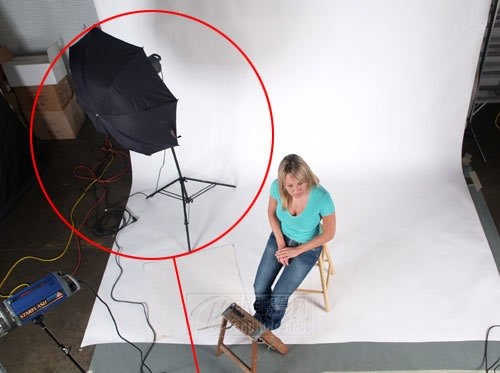




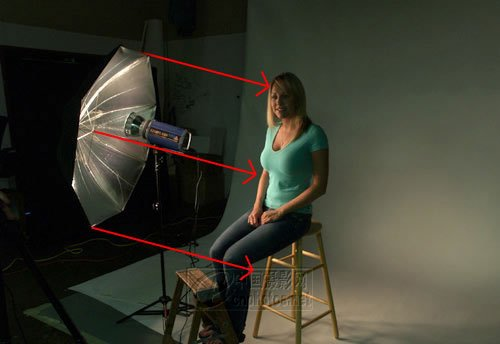




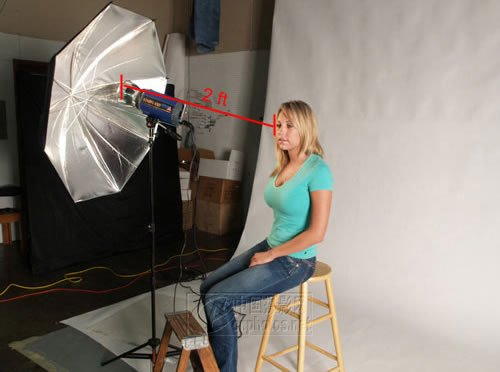
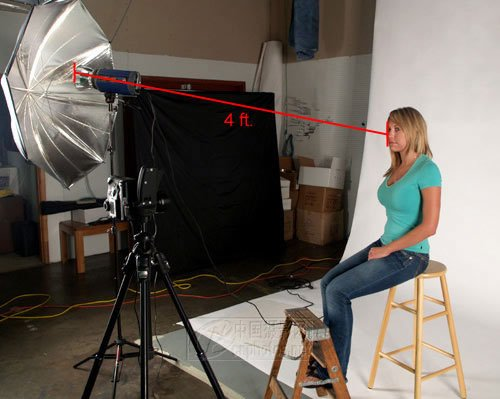


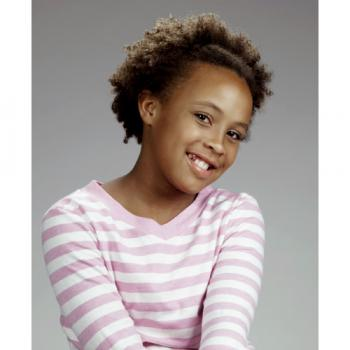
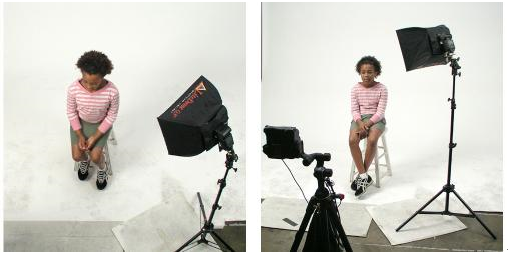
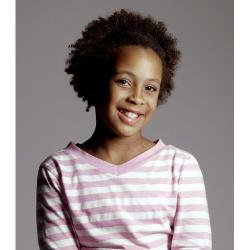
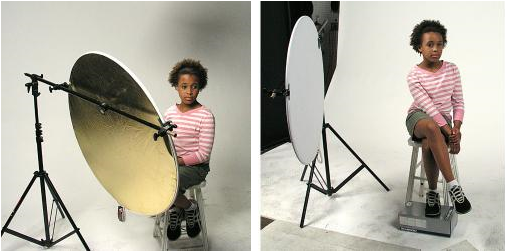
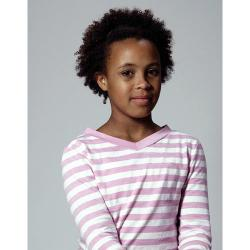
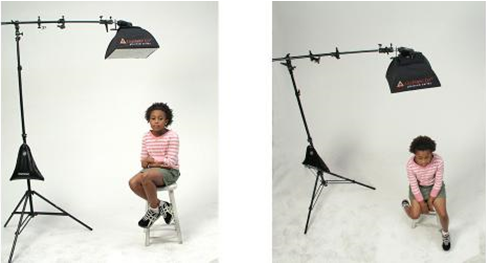
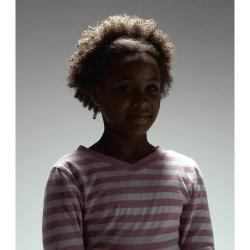
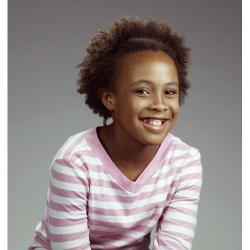
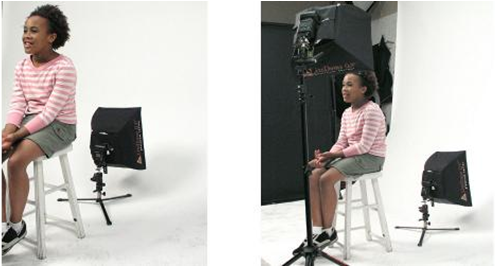
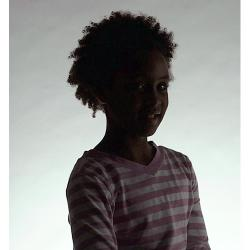
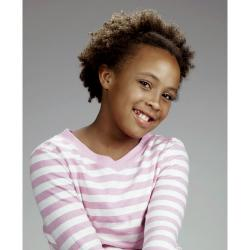
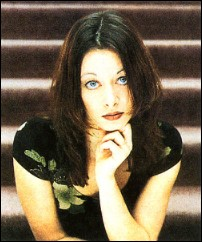
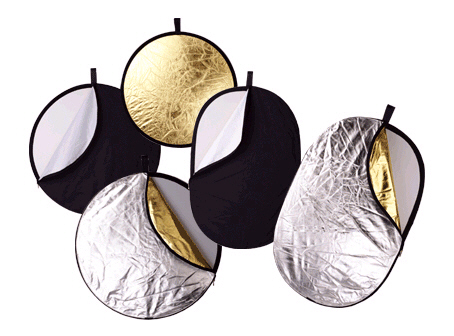
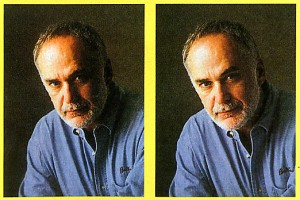
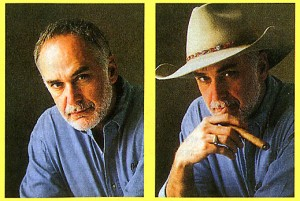
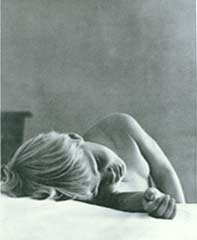
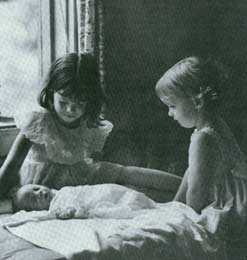
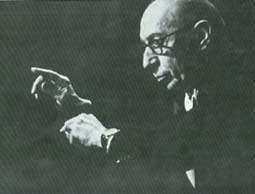
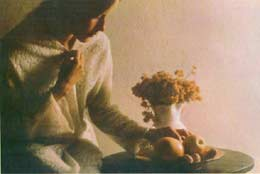
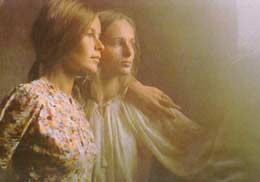
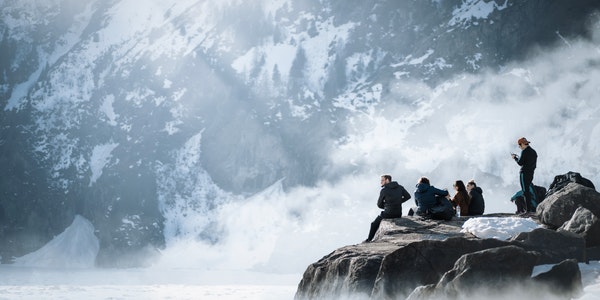
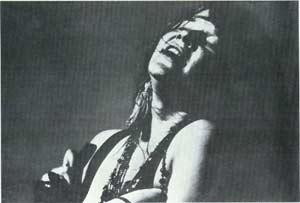 This is a typical live photo. As you can see, the bright part is almost all white, and the shadow part is almost all black. There is almost no gray tones in the middle. This is the characteristic of “traditional” live photos: the obvious black and white tones give the photos a sense of reality and realism.
This is a typical live photo. As you can see, the bright part is almost all white, and the shadow part is almost all black. There is almost no gray tones in the middle. This is the characteristic of “traditional” live photos: the obvious black and white tones give the photos a sense of reality and realism.
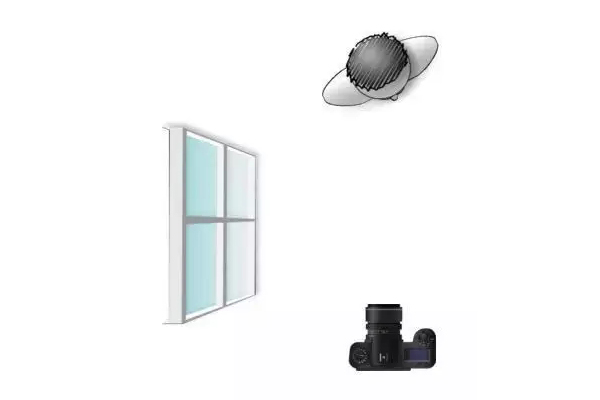
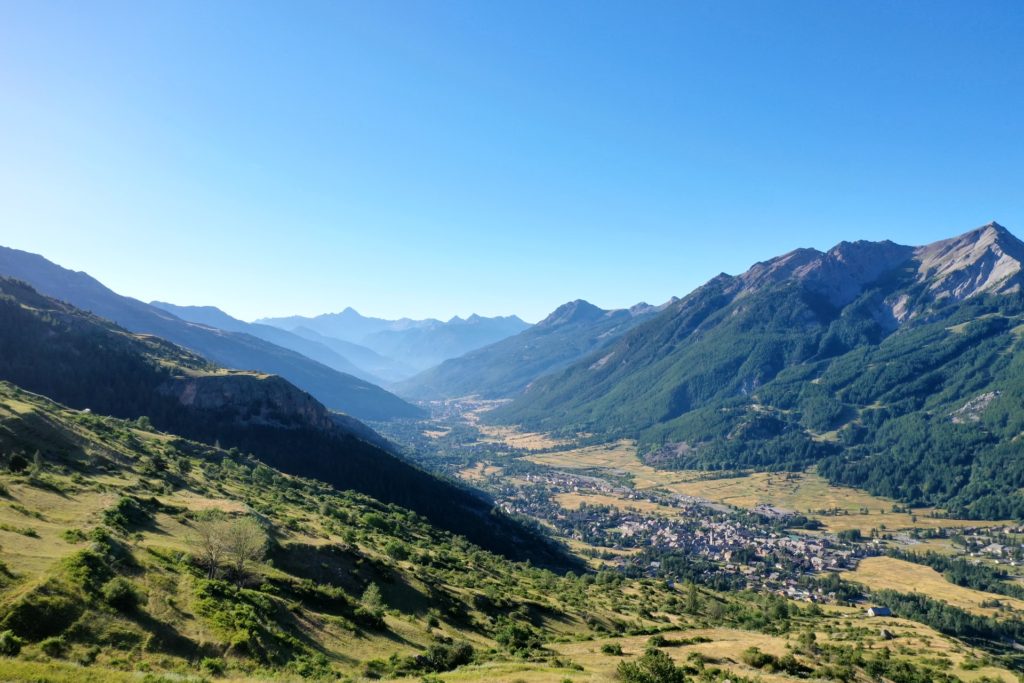
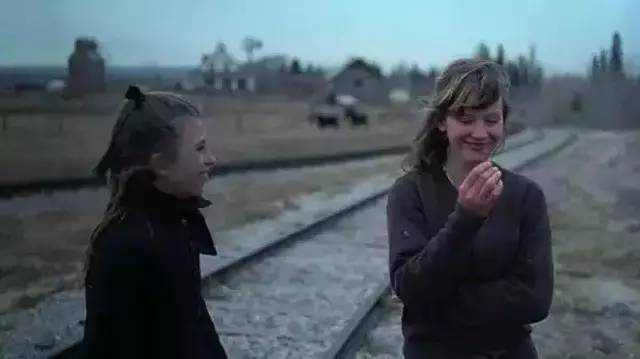 Movie “Day in Heaven”
Movie “Day in Heaven”
